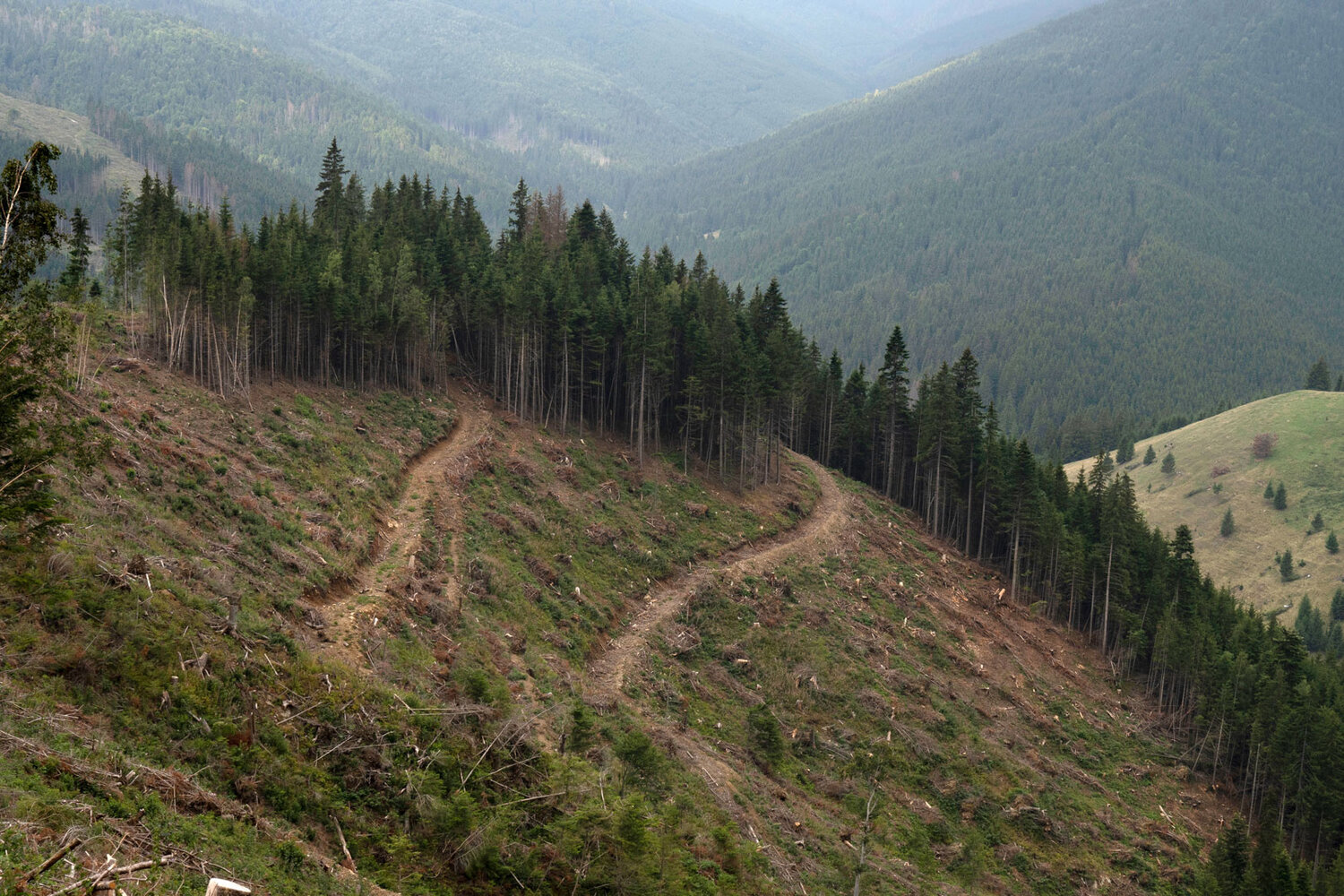
Burning wood was never supposed to be the cornerstone of the European Union’s green energy strategy.
When the bloc began subsidizing wood burning over a decade ago, it was seen as a quick boost for renewable fuel and an incentive to move homes and power plants away from coal and gas. Chips and pellets were marketed as a way to turn sawdust waste into green power.
Those subsidies gave rise to a booming market, to the point that wood is now Europe’s largest renewable energy source, far ahead of wind and solar.











